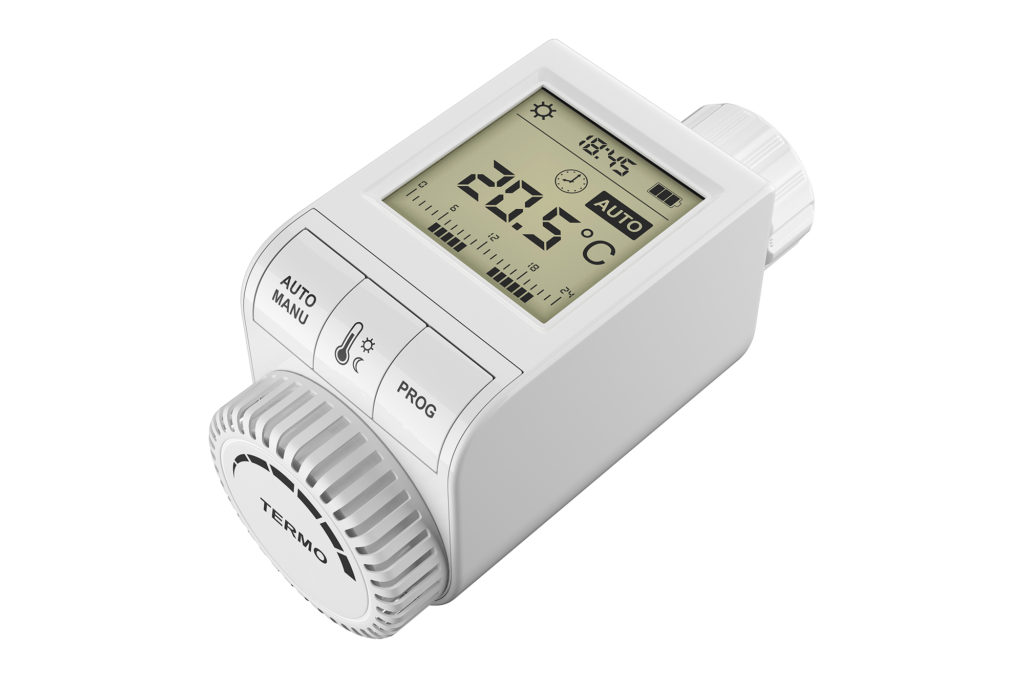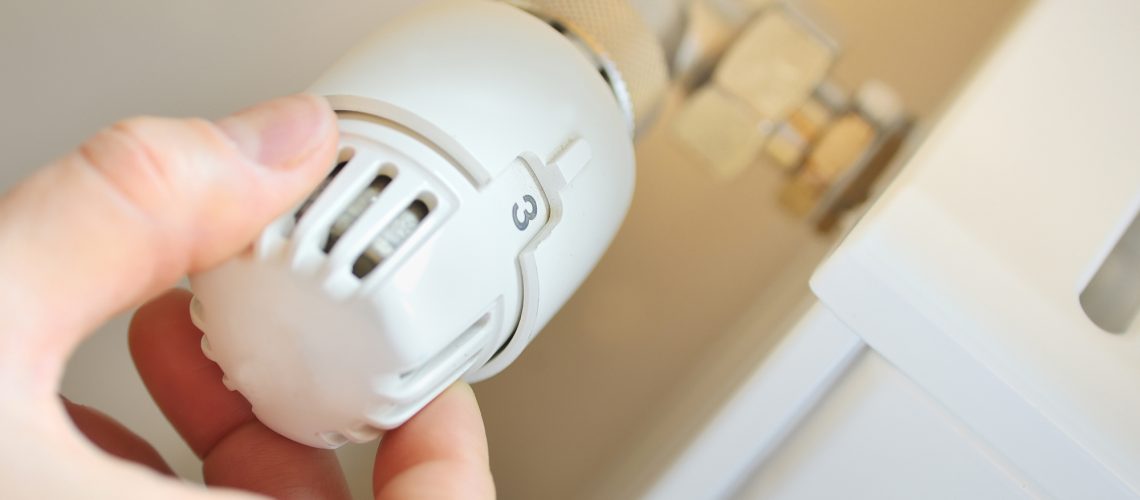Thermostatic radiator valves provide independent heating control to each room of the home. They replace the existing radiator valve, preferably on the inlet side of the radiator, although most manufacturers allow for use at either end. Thermostatic radiator valves or TRVs for short, are a common, energy-efficient addition to central heating systems. All new central heating installations must include TRVs on all radiators (excluding the room thermostat space) to help improve efficiency and reduce gas consumption.
TRVs control the temperature a radiator will provide in a room. TRVs work by shutting down the radiator as the temperature in the room gets warmer. Inside the valve, a wax capsule expands with the temperature rise, forcing the valve to close. As the room cools, the wax capsule contracts and the valve opens. A simple yet effective process which requires no electrical power. In winter, the thermostat will still provide the same temperature to the room. However, you may notice that the radiator stays on for longer, and in freezing weather, permanently or until time settings alters the heating requirements. This underlines the effectiveness of TRVs as comfort controls.
Setting Up Your Thermostatic Radiator Valves: Trial and Error
We all have our own preferences for heating our homes, so it’s difficult to get the settings for each room correct first time. There are different requirements for each room that need consideration, and we cover these in our series on heating each room. Key things to remember are: How big are the rooms? What are the rooms used for? Are there two or more doorways to the room? How many people use the room regularly?
If there is an issue where the room doesn’t reach the desired temperature with the TRV on maximum then it may need a larger radiator output. If several rooms cannot reach the desired temperature with the TRVs on maximum, then there could be a heat input or circulation issue.
Getting the most out of your TRVs:
- Don’t cover them up with curtains.
- Keep doors to the room closed wherever possible.
- Set them to the desired temperature and leave them.
- If the room is used occasionally, then set to a frost setting and keep the door closed.
- Check the valve opens and closes frequently, then set back to the initial temperature.
The Future – Remote Control Thermostatic Radiator Valves
Traditional systems in the UK would use a time controller, a room thermostat, and balance the radiators to provide an even distribution of heat through the property. Today, we have an abundance of controls for our central heating systems. Modern technology provides finger-tip access to our central heating from anywhere in the world via our smart devices. Our main temperature regulating control panels receive the information you upload and set the heating and hot water accordingly. With built-in room thermostats, the control panels maintain the heat to the desired temperature. But there is usually only one control regulator located in a property – are we looking to change this in the future?

Well, the future may not be too far ahead. There are remote thermostatic radiator valves with individual regulators available to buy today. These systems link digital automatic TRVs wirelessly to a hub. Each room has independent heating control. These systems seem expensive, but with the customer demands on instant home control technology, we are sure that these will become widely used in the next decade.
If you would like advice about your heating system or are interested in an upgrade, please get in touch.

